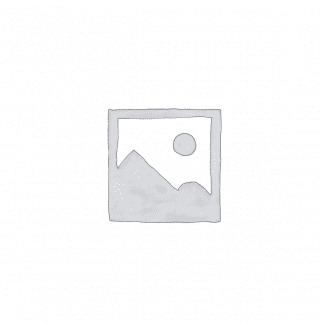ENVIRONMENTAL EFFECTS OF THE USE OF AGRO- CHEMICALS FOR RICE CULTIVATION IN UFUMA, ORUMBA NORTH LOCAL GOVERNMENT AREA; ANAMBRA STATE
Introductions
Rice (Oryzea spp) is one of the major staple food of the world, ranking third after wheat and maize on global production level and second in terms of area under cultivation (Adeoye, 2003).
It is a major source of food for about half of the world’s population supplying basic energy needs of the people. In Nigeria, rice cultivation is an age long enterprise providing employment opportunity and source of food to vast and diverse population of the country. It is ranked the fourth major cereal crop in Nigeria after Sorghum, millet and maize in terms of cultivated area and output (Babafada, 2003). The importance of rice in the Nigeria diet can succinctly be explained by its demand and consumption pattern over the years.
Starting from the 1960s when paltry 360 metric tonnes of locally produced rice was unable to meet local demand, to the 1.45 million tonnes produced in the 1990s which also fell far short of demand (National Cereals Research Institute [NCRI] 2004). The nation’s current annual production level of about 3 million tonnes is again a far cry from its consumption level of 5-6 million tonnes (Ugwu, 2013). The short fall, according to Ugwu (2013), is usually filled through importation with figures oscillating between 1.7 to 3.2 million tonnes.
DOWNLOAD COMPLETE WORK- For Reference Only: Materials are for research, citation, and idea generation purposes and not for submission as your original final year project work.
- Avoid Plagiarism: Do not copy or submit this content as your own project. Doing so may result in academic consequences.
- Use as a Framework: This complete project research material should guide the development of your own final year project work.
- Academic Access: This platform is designed to reduce the stress of visiting school libraries by providing easy access to research materials.
- Institutional Support: Tertiary institutions encourage the review of previous academic works such as journals and theses.
- Open Education: The site is maintained through paid subscriptions to continue offering open access educational resources.



